Step-by-Step Guide to Merge iPhoto Libraries on Mac
The iPhoto library is a folder where Apple's iPhoto app saves photos, albums, and edits. If you have been using Mac for many years, there may be multiple iPhoto libraries, especially after software updates, backups, or switching between devices. Over time, it becomes annoying to manage these libraries individually. You may notice duplicate photos, scattered memories, and wasted storage capacity. The best way to fix this is to merge iPhoto libraries mac into one. By integrating all libraries into one, you can put everything together in one place to avoid confusion.
Part 1: Prepare to Merge iPhoto Libraries
It's important to have your Mac ready before integrating your iPhoto merge libraries. Prior preparation avoids issues such as missing files, import errors, or poor performance. Backup libraries, verify system versions, and ensure sufficient storage capacity are all important steps.
Before you start merging, it's important to prepare your Mac to avoid any issues later.
- Backup all your libraries: Make sure to back up your photo library before making any changes. Use Time Machine or copy the folder to an external drive.
- Check macOS compatibility: iPhoto has been replaced with the Photos app in OS X Yosemite 10.10.3.
- Free up space: Make sure your Mac has enough storage space to handle the integration process. Temporary storage is required.
- Update the Photos app: If you are using the Photos app, please update to the latest version to work smoothly during the process.
- Note for new Mac: If you only use the Photos app instead of iPhoto, you must first open and convert the old library in Photos.
Part 2: How to Merge iPhoto Libraries Manually
If you want to know how do i merge Iphoto libraries two or more iPhoto libraries on your Mac, you can export photos from each library and move them to one shared library. Before you start working, we recommend using an external hard drive to create a complete backup of your iPhoto library.
Step 1.Create a new folder to save the merged photos. Open iPhoto and select the first library you want to work on. To export all photos, press Command + A to select all photos. If you only need a specific image, open the album or folder and select what you want. Click the file menu, select Export, and save the file to a new folder. Repeat the same procedure in the second library and collect all photos in one place.

Step 2.After integrating all iPhoto libraries, we recommend checking the imported photos. You can organize photos by creating albums, adding tags, and basic editing. If duplicate photos are found, the Photos app provides a built-in tool that can quickly search and delete them.

Part 3: How to Merge iPhoto Libraries on Mac Using iCloud
iCloud Photos is an easy way to integrate iPhoto libraries on Mac. We can also help you delete duplicate photos during the process.
Step 1.Open System Preferences from the Apple menu, click your Apple ID, and then select iCloud. In the section labeled "Apps Using iCloud," make sure the Photos option is switched on.

Step 2.Launch the iPhoto or Photos app on your Mac and confirm that all the libraries you want to combine are stored locally. Open one library first, then click the Photos menu at the top and choose Settings. Go to the iCloud tab and check the box next to iCloud Photos. Repeat this step for each library you plan to include.

Step 3.After the libraries are uploaded to iCloud, the Photos app will compare images across the libraries. It looks for duplicates using details like metadata, file quality, and visual similarity. You can then delete the repeated files with ease.
Part 4: Other Tools to Merge iPhoto Libraries on Mac
If you feel that the manual method is troublesome or you feel that the iCloud speed is slow, tools are provided to make merging work significantly easier. These tools offer features such as automatic duplicate deletion, more efficient organizing, and faster import.
1. PowerPhotos
PowerPhotos is one of the most recommended tools for integrating Photos libraries on Mac. Developed by Fat Cat Software, the tool is designed to work smoothly with the Photos app. This is a wise option for those who migrate from iPhoto. This tool allows you to integrate libraries without the hassle of exporting and importing photos one by one.
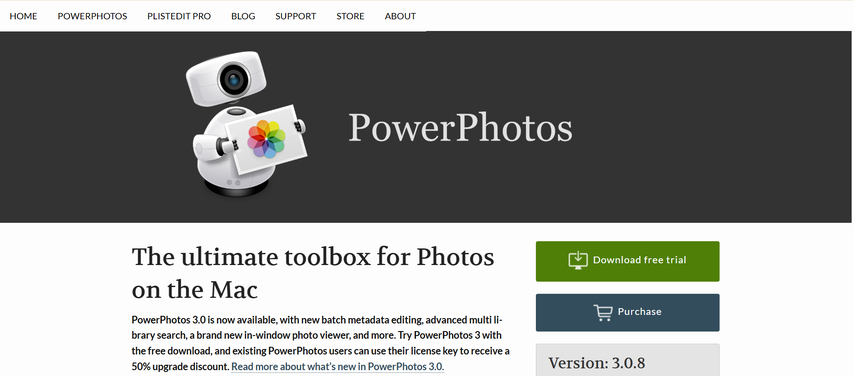
Pros:
- You can integrate the Photos library without manual export.
- Automatically detect and skip duplicate photos.
- It is compatible with the Photos app and is updated regularly.
Cons:
- Does not support the old iPhoto library directly.
- Some functions require a paid license.
- Duplicate detection accuracy may not be 100%.
2. iPhoto Library Manager
If you are using an older version of macOS and are not switching to Photos, iPhoto Library Manager is suitable. This tool is provided by Fat Cat Software and was developed for iPhoto users before Photos appeared. This tool helps you view, manage and integrate multiple iPhoto libraries.
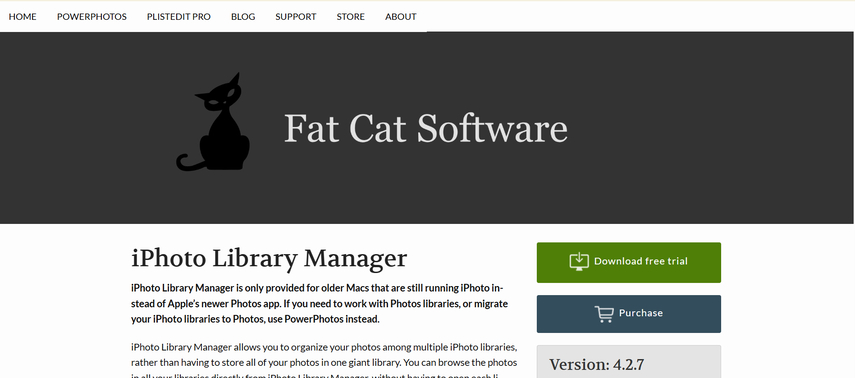
Pros:
- Designed specifically for iPhoto users.
- You can copy specific albums between libraries.
- Reduces the time to integrate older libraries.
Cons:
- It does not support the Photos app or the new macOS version.
- The interface may feel old-fashioned.
- A paid license is required to use full functionality.
3. PhotoSweeper
PhotoSweeper is not a single integration tool, but it is effective in organizing duplicate files when used in conjunction with other apps. Before or after integration of the library, this tool will help you scan and delete duplicate files in your photos.
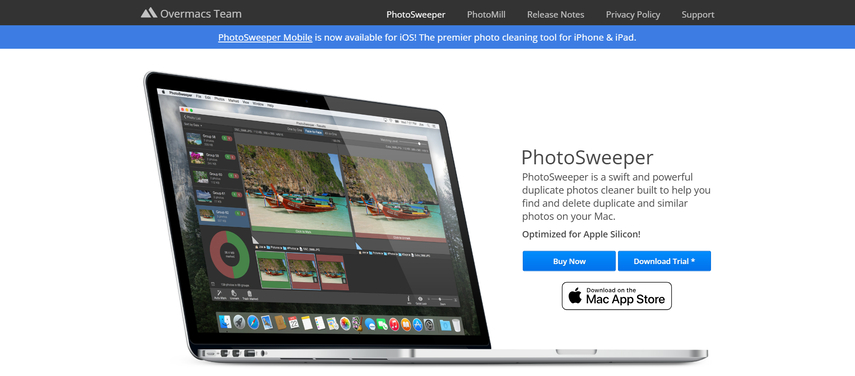
Pros:
- Detect duplicate photos across iPhoto and Photos libraries.
- Provides visual parallel comparison.
- Supports batch deletion of similar photos.
Cons:
- Delete duplicate photos instead of integrating libraries.
- It may take some time to get used to the interface.
- Paid software. Free version is limited to function.
Bonus Tip: Compress Mac Photos with HitPaw Univd
After integrating the iPhoto library, you may see warnings that your Mac will slow down or lack storage capacity. This is because large photo libraries contain high resolution and edited images, and these files consume more storage space. HitPaw Univd is a useful tool when macOS users want to reduce the size of their photo files without compromising quality. Because it supports bulk compression, thousands of files can be processed at a time. If you want to save storage or have plans to upload photos online, HitPaw Univd can help you keep your files small and manageable.
Key Features of HitPaw Univd
- Combine multiple iPhoto libraries with just one click using iCloud Photos.
- Compatible with common photo formats like JPG, JPEG, PNG, and WebP.
- Organize and prepare photos for platforms such as Instagram, Pinterest, and Facebook.
- Adjust photo settings to suit your personal or project needs.
- Keep image quality while reducing file size to save space.
Steps to Compress iPhoto Library Photos on Mac with HitPaw Univd
Step 1.Launch the program and select the Compressor feature from the main interface. Click the "+" icon to import one or more images you want to compress.

Step 2.Click the gear icon next to a file to set the compression level and quality. You can also choose the output format: Original, JPG, JPEG, or WEBP.
To apply the same settings to all images, check the "Apply all to list" box and click Confirm to save.

For batch compression, you can also select a compression level from the bottom left corner. Medium compression is recommended. You'll see the original and estimated compressed sizes in the file list.

Step 3.Click the Compress All button to begin compressing all images simultaneously.

Once done, the compressed images will be available in the designated output folder.
Conclusion
Merging iPhoto libraries on a Mac helps you organize your photos, avoid confusion, and save space. You can do this manually, do it via iCloud, or use tools like PowerPhotos or iPhoto Library Manager. These methods help you avoid duplicate files and organize everything. Once the integration is complete, large photo files can slow down your Mac's operation or take up excess space. To solve this problem, try HitPaw Univd. This allows you to shrink the photo size together without compromising quality. Easy to use and ideal for organizing space after integrating photo libraries.





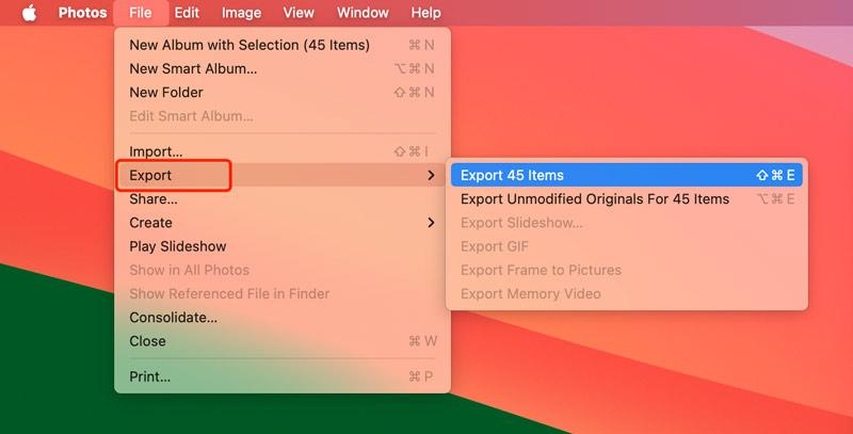
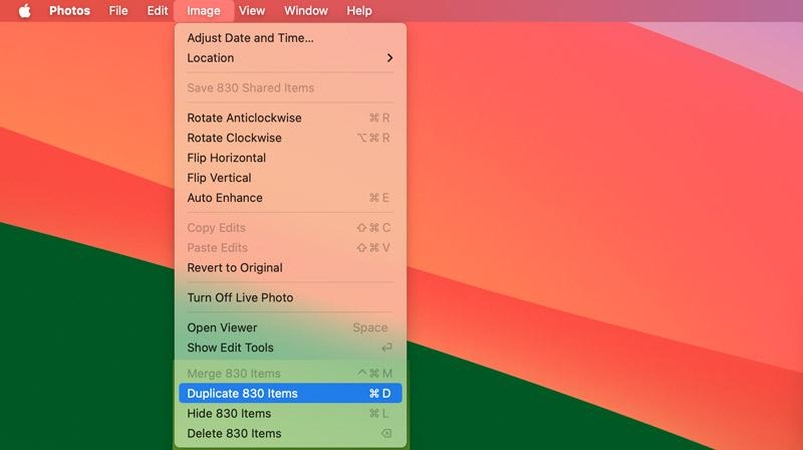
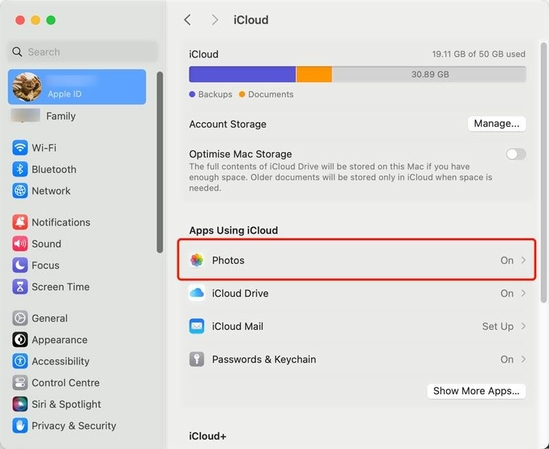
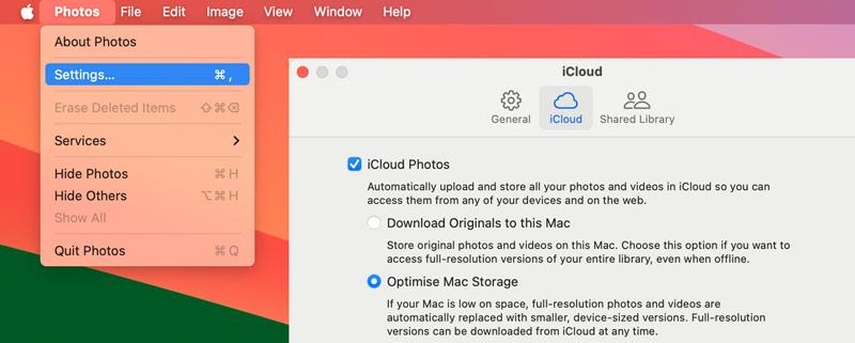




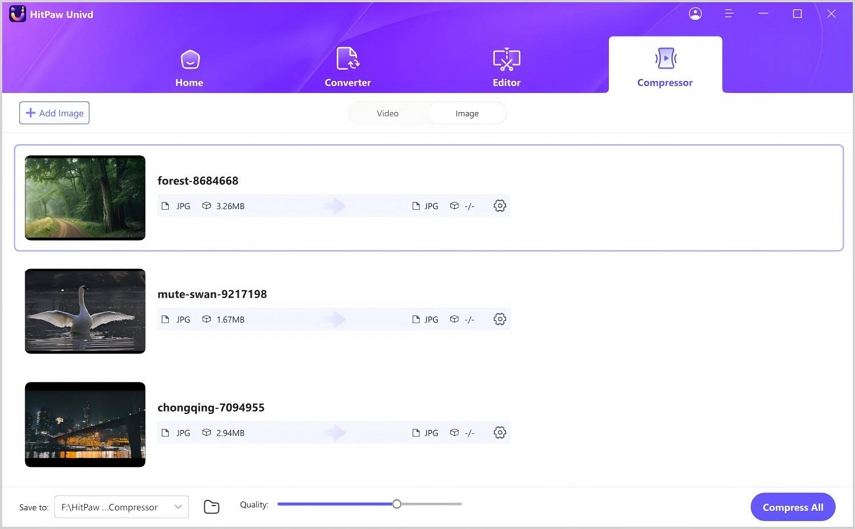

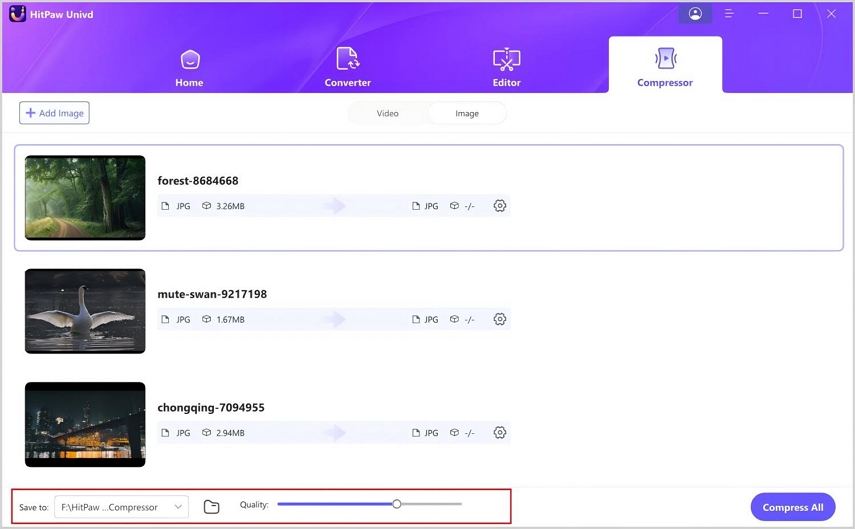
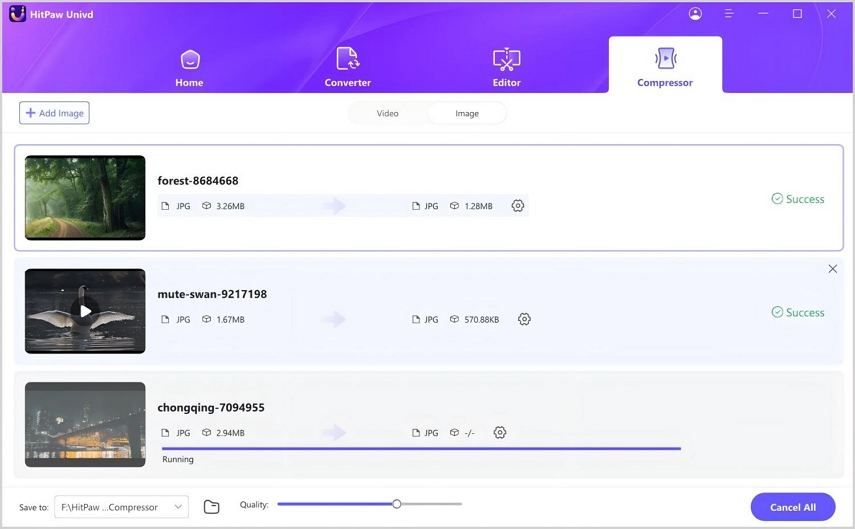

 HitPaw VoicePea
HitPaw VoicePea  HitPaw VikPea (Video Enhancer)
HitPaw VikPea (Video Enhancer) HitPaw FotorPea
HitPaw FotorPea



Share this article:
Select the product rating:
Daniel Walker
Editor-in-Chief
This post was written by Editor Daniel Walker whose passion lies in bridging the gap between cutting-edge technology and everyday creativity. The content he created inspires the audience to embrace digital tools confidently.
View all ArticlesLeave a Comment
Create your review for HitPaw articles